Retro Replay Review
Gameplay
Herod’s Lost Tomb delivers a classic hidden-object experience with a historical twist. Players explore meticulously rendered excavation sites, seeking a predefined list of artifacts within a ticking countdown. The challenge lies not only in spotting items in cluttered scenes but also in clearing debris—using brushes and shovels—to unearth hidden treasures. This mechanic adds a tactile layer to the search, making each discovery feel earned.
The user interface is intuitively organized into three tabs: the objects list, the toolset, and the artifact gallery. Clicking on an item in the list reveals its silhouette on a reference grid, helping players narrow down potential hiding spots. Meanwhile, the tool tab ensures that brushes, trowels, and other implements are always at hand when rubble needs to be cleared away. This seamless integration keeps the gameplay flow smooth and engaging.
Unlike many hidden-object titles, Herod’s Lost Tomb removes the frustration of wrong clicks by eliminating penalties for misses. Instead, it encourages exploration at a relaxed pace, balanced by the ever-present time limit. Ancient coins serve as both hints and rewards: collect them scattered around the levels for extra time, or spend them to reveal an item’s location. This risk-and-reward system adds strategic depth, allowing casual players to breeze through while offering completionists a resource to manage.
Graphics
The visual design in Herod’s Lost Tomb is rooted in historical authenticity, showcasing detailed archaeological sites that transport players to Herod’s ancient world. Each scene is brimming with period-appropriate props—cracked pottery, weathered columns, and dusty scrolls—that evoke a genuine sense of discovery. The color palette leans on earth tones, punctuated by the gold lettering of artifact names, creating an atmosphere of treasure-hunting adventure.
Cutscenes lifted directly from the National Geographic TV special provide a cinematic flair. Though these sequences occasionally contrast with the hand-painted look of the playable scenes, they enrich the narrative by delivering real-world context on King Herod’s reign. The video clips are crisp and professionally produced, breaking up long stretches of point-and-click action with historical commentary and dramatic reenactments.
Animations are subtle but effective: shifting sands, gently swaying banners, and the smooth reveal of items once cleared from rubble. The developers strike a balance between aesthetic beauty and functional clarity, ensuring hidden objects remain challenging to locate without becoming impossible. Overall, the graphics maintain immersion, making every new excavation feel like an uncharted chapter in archaeological exploration.
Story
Herod’s Lost Tomb weaves its narrative through a blend of cutscenes and in-game text, following National Geographic’s documentary approach. Players embark on a guided exploration of sites associated with Herod the Great—known for his architectural marvels and complex political legacy. The historical vignettes set expectations for each level, offering insight into the artifacts’ significance.
The storyline unfolds gradually, with mini-narratives attached to each chapter. While the main objective remains the same—find the listed items—the background context gives purpose to the search. Discovering a ceremonial chalice or a commemorative inscription feels more impactful when players understand its role in ancient Judean culture. This educational dimension distinguishes the game from more generic hidden-object titles.
Mini-games interspersed between chapters serve as narrative bridges. Jigsaw puzzles reconstruct ancient murals, logic puzzles decipher cryptic glyphs, and each solved challenge unlocks the next video segment. Though these diversions are optional in terms of story, they deepen the player’s engagement with Herod’s world and its lost treasures.
Overall Experience
Herod’s Lost Tomb strikes a satisfying balance between educational content and classic hidden-object gameplay. Its interface is streamlined, the puzzles are varied, and the inclusion of documentary footage elevates the experience beyond mere point-and-click mechanics. Whether you’re a history enthusiast or a casual gamer seeking a relaxed yet purposeful hunt, this title offers hours of exploration.
The pacing is well judged: time constraints inject just enough urgency without inducing stress. Collectible coins, generous hint system, and zero penalties for incorrect clicks ensure accessibility for newcomers, while the hidden-debris mechanic and array of mini-games keep seasoned players invested. Each level feels fresh, thanks to distinct archaeological settings and evolving challenges.
Ultimately, Herod’s Lost Tomb is more than a hidden-object game; it is an interactive expedition into the past. National Geographic’s contribution of authentic footage and carefully curated story elements enriches every moment spent searching for gold-inscribed artifacts. For those intrigued by biblical history or the art of archaeological discovery, this game promises a rewarding journey through time.
 Retro Replay Retro Replay gaming reviews, news, emulation, geek stuff and more!
Retro Replay Retro Replay gaming reviews, news, emulation, geek stuff and more!
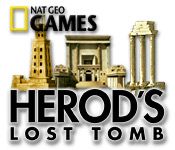
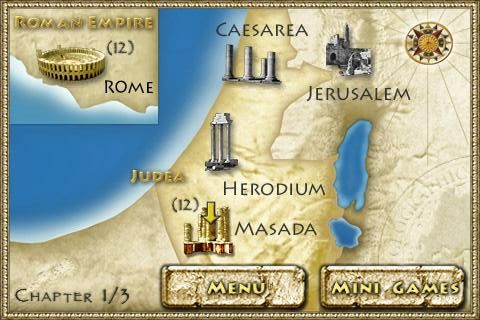
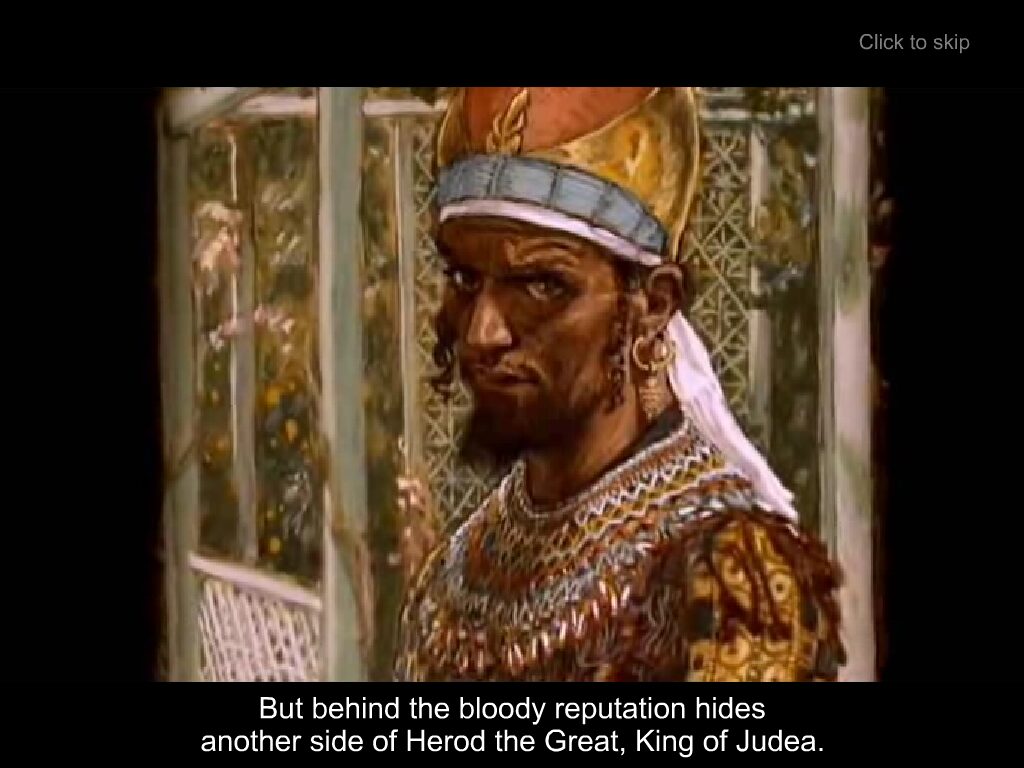
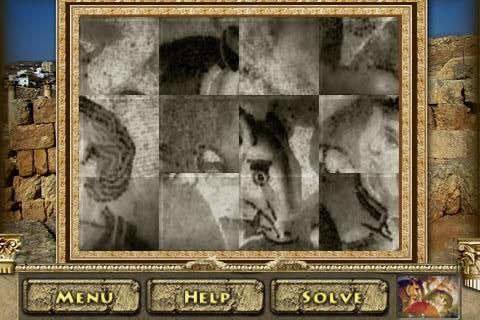
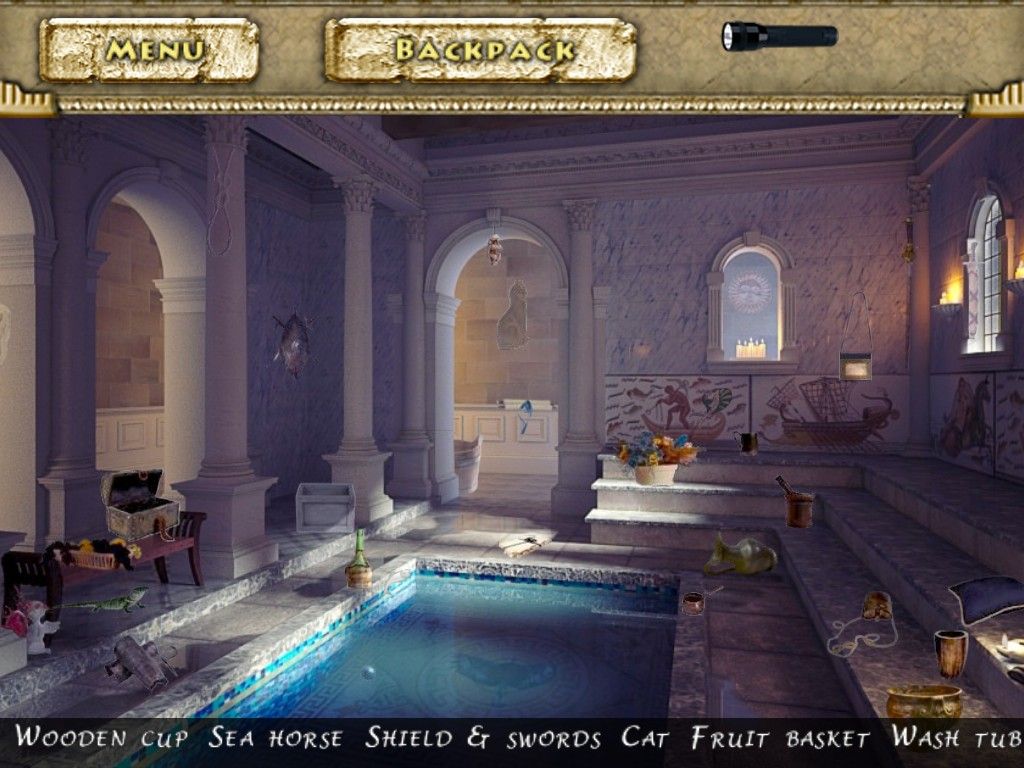
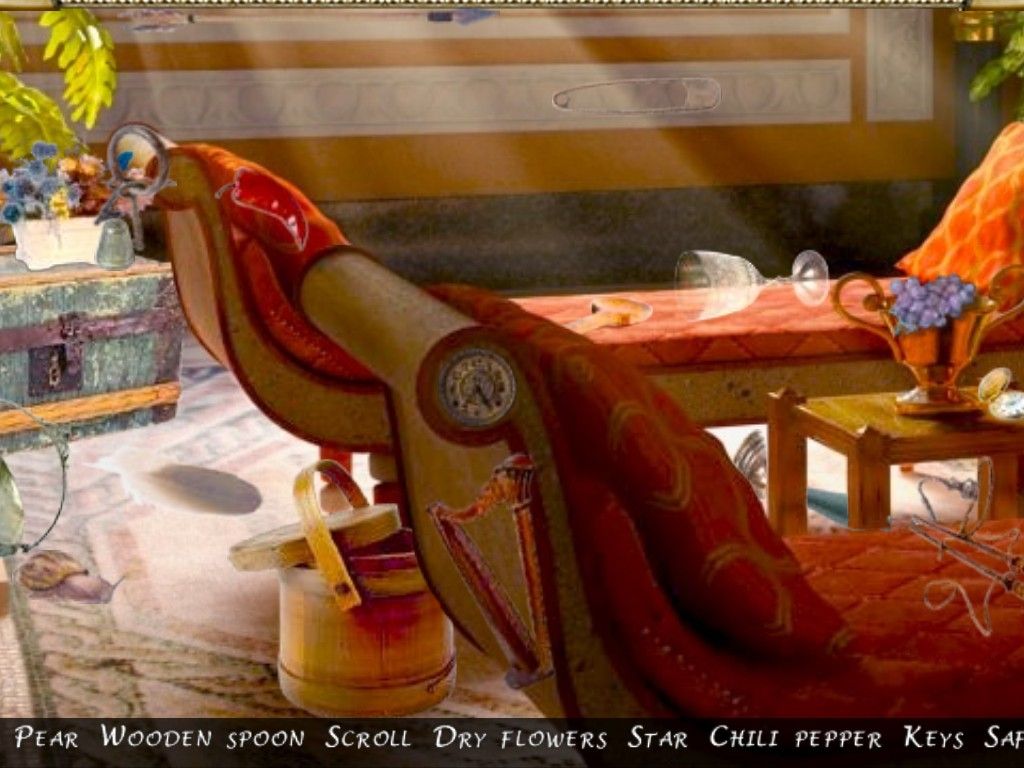



Reviews
There are no reviews yet.